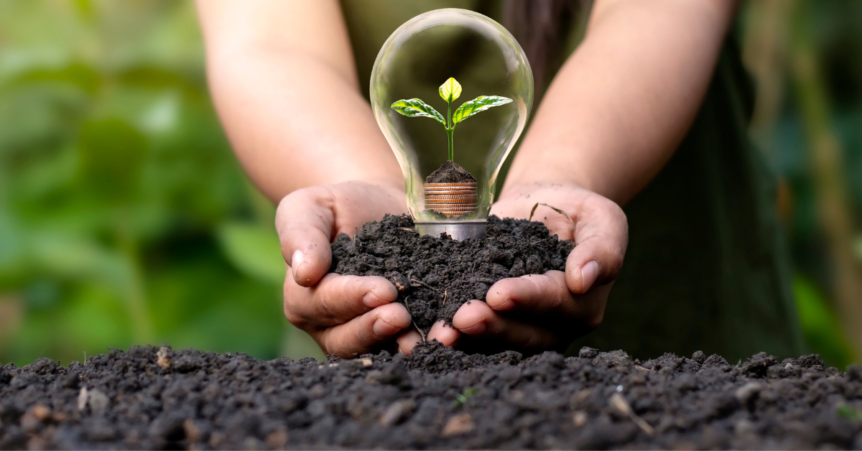Clean, environmentally-friendly propane and heating oil are both good choices for your home. Count on these two heating fuels—and us—to keep you comfortable and save you money.
Clean, Ultra-Low Sulfur Fuel
Did you know that the ultra-low-sulfur heating oil (ULSHO) we deliver has 99% less sulfur than standard heating oil? This cleaner fuel results in an emissions reduction of over 70%!
In addition to reduced emissions, this clean-burning fuel is kinder to your equipment. There’s less sediment, fewer clogs, and far fewer breakdowns. Your system burns ULSHO more efficiently, so you’ll get a better value—and if you use super-efficient heating equipment, you’ll save even more.
This is just one example of how heating oil has been getting more eco-friendly over the years.
Clean energy for everyone
Millions of Americans rely on propane to heat their homes and businesses, fuel vehicles and much more, making propane the energy for everyone. Using propane is an excellent way to reduce emissions while meeting energy needs.
Plus, the abundance of propane and rapid growth of renewable propane—still in its early development stages—mean it can be used for generations to come. Check out RenewablePropaneGas.com to learn how the propane industry will be reducing its already low carbon footprint even more in the years ahead.
Fast fact: Propane contains virtually no particulate matter—a known carcinogen—and releases significantly less carbon dioxide (CO2) than other energy sources*. Source: *US Energy Information Administration
Propane Safety Corner
Propane is one of the safest fuels you can use. Still, it’s important to pay attention to how your gas appliances operate. Look for the blue flame. A blue flame indicates that your gas appliance is operating properly.
Yellow flames mean that gas is not completely burning. Another sign of a combustion problem:
significant amounts of soot on an appliance. Any of these issues can create carbon monoxide. Arrange for service if you notice a yellow flame or soot on your appliances.
Check outdoor vents. Regularly check the outdoor vents of your appliances to ensure combustion gases flow unobstructed to the outdoors. Birds, insects, and other small animals can make themselves at home in vent pipes. To prevent damage, clear out any obstructions with a broom or a soft brush.
The Freedom to Choose Our Energy
As you probably know, there have been ongoing discussions in government about electrification—the push to use only electric-powered home heating equipment like electric heat pumps.
However, electricity isn’t the whole answer. The truth is, electricity has valuable uses, but it has some serious disadvantages—including an aging electric grid that’s prone to widespread power outages. And since so much of our electric grid still relies on natural gas and coal, some lawmakers are encouraging a shift to renewable sources like wind, solar, and hydropower.
But that’s a shift that won’t happen overnight —in fact, it’s likely to take many years. Alternatively, increases in the renewable content of heating oil and propane are happening right now, putting us closer to a carbon-neutral future.
Can we keep the lights on?
Mark P. Mills, a senior fellow at the Manhattan Institute and faculty fellow at Northwestern University’s McCormick School of Engineering and Applied Science, was among the energy experts who spoke at a Congressional hearing in February*. The purpose of the hearing was to review strategies for improving the electric grid. During his testimony, Mills presented some startling facts to the House Select Committee on the Climate Crisis. Here are some of them.
- Data from the Energy Information Administration shows overall grid reliability is degrading while outages and consumer prices are increasing. Average U.S. electricity prices are up 50% since 2000.
- 12% of U.S. power originates from solar and wind, which cannot be dispatched when needed or expanded without further degrading grid reliability.
- Many U.S. states propose an energy transition similar to Germany, which has in effect built two grids at ratepayer expense: one based on wind & solar, and the other on conventional fuels. Germans pay about 300% more for electricity on average than U.S. customers.
- Electrification advocates argue grid-scale storage is the solution, powered by 100% wind and solar. This will require at least double the amount of today’s installed generating capacity. This would be necessary first to meet peak demand and, secondly, to produce surplus power for battery storage when peak demand cannot be met.
- About 50 tons of battery—comprised of approximately 25,000 tons of minerals mostly sourced from China—is needed to hold the same amount of energy as one ton of oil (250 gallons).
- Building enough grid-scale batteries for backup storage globally would require the equivalent of 100 centuries worth of batteries for all of the world’s smartphones.
- Future battery technologies may solve some of these problems but will take many years, if not decades, to discover and scale up production.

